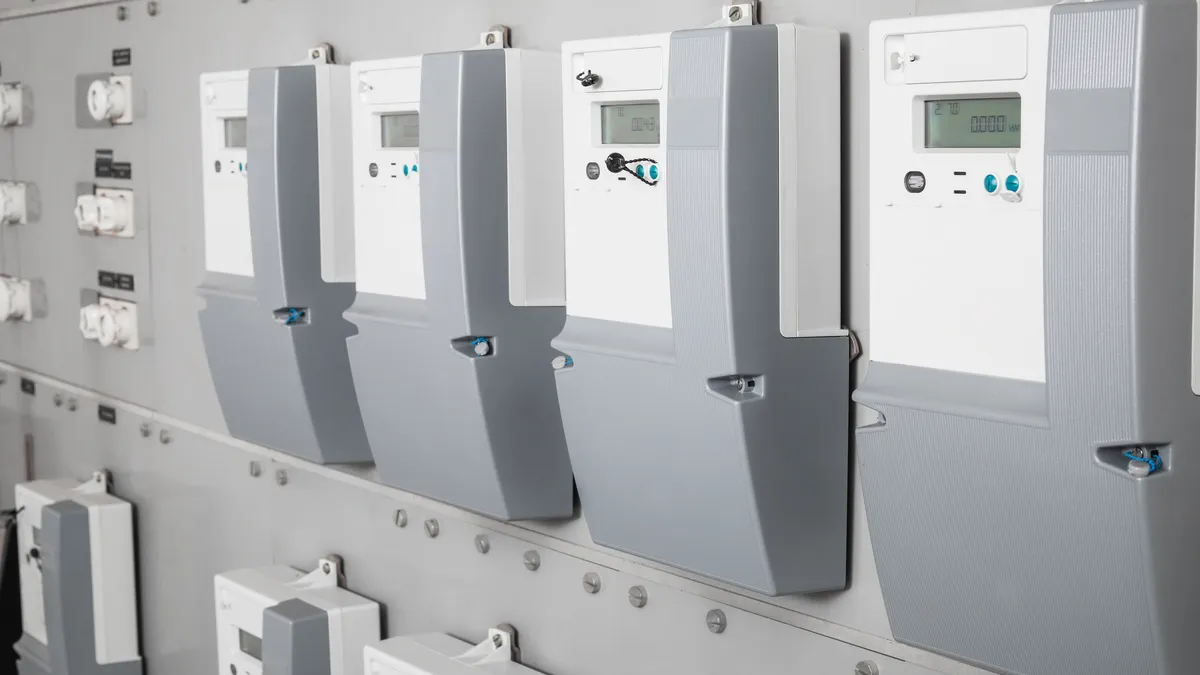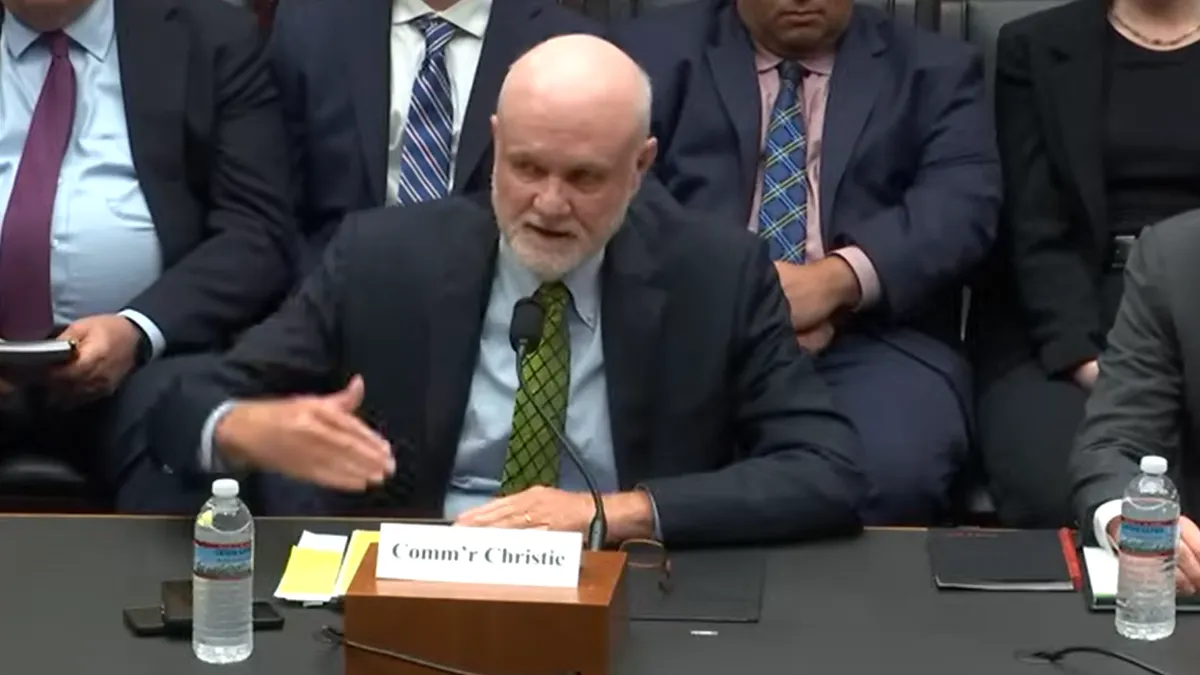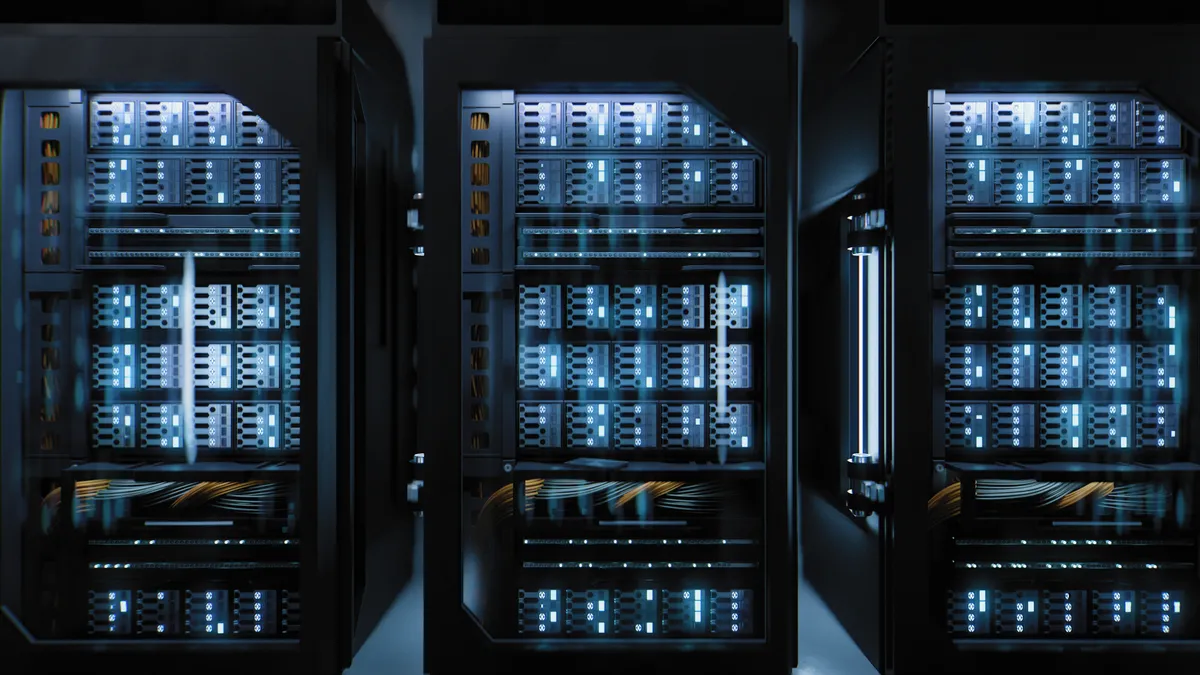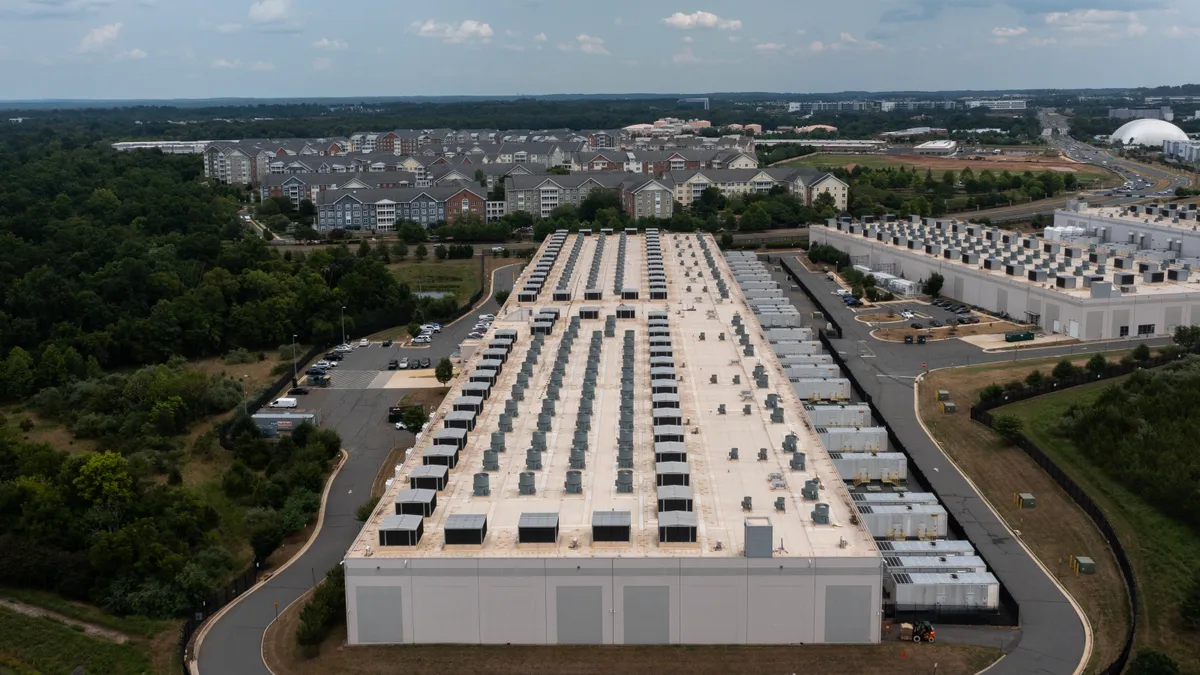Last week, the Edison Electric Institute (EEI) and the Natural Resources Defense Council (NRDC) told state regulators it was time to foster new utility business models to support the rise of rooftop solar and other emerging technologies.
After a tough battle in Arizona last fall over possible solar fees, some said the joint statement from EEI and NRDC signaled that a detente between utilities and renewable advocates may be near.
While state regulators seem fully aware of the changes underway in the U.S. – more energy efficiency, more distributed generation (DG) and the emergence of energy storage, for example – the debate, really, is just starting.
Defining “costs,” “reasonable” and “fair”
Tackling the DG issue is one of the main challenges in front of state regulators, according to Colette Honorable, National Association of Regulatory Utility Commissioners president and chair of the Arkansas Public Service Commission.
Honorable pictures regulators taking a balanced approach on the issue, but costs will be a major question. “We want [consumers] to be able to have optionality, to be able to place solar panels on their roofs if they so desire, and also to inform them about better ways, more efficient ways to use energy,” she said this week. “What are the costs? Who should bear the costs?”
This gets at a key question surrounding the EEI-NRDC statement. What are the costs and how do you measure them? EEI and NRDC said DG owners should pay utilities “reasonable cost-based compensation” for their utility services while being paid “fairly” themselves for the services they provide.
Do you think defining “reasonable” and “fairly” is going to be easy?
Solar developers gripe about EEI-NRDC statement
Already, some solar advocates were jumping on a perceived unfairness in the EEI-NRDC stance on DG.
“The statement does not recognize that net-metered, privately owned solar and wind generators already bring cost savings to grid operators, nor does it recognize that net-metering customers in most service areas already pay flat fees for the use of utility connection equipment,” the American Solar Energy Society (ASES) said. “Instead, the statement advises that new rate designs be fair to all stakeholders — language that leaves room for specious arguments regarding cost-shifting.”
In a sign that EEI's members may not all be on the same page with the trade association, utilities have asked public utility commissions to limit net metering in California, Virginia, Colorado, New Hampshire, Utah, New Mexico and North Carolina, according to ASES.
Even NRDC seems to view the statement from EEI, which has attacked net metering in the past, as just a good first step. “We don’t expect to be able to change all of EEI’s positioning overnight, but the statement is a milestone against which we can judge whether EEI is serious about being part of better, cleaner energy future,” NRDC's Nathanael Greene said.
So what do utilities, and EEI, really think?
Arizona Public Service, which wanted a roughly $50 a month charge for its customers with solar panels, argues that solar owners don't pay their fair share of the utility's grid costs. Those costs then get pushed onto customers without solar panels.
Related to the solar debate last fall, the Arizona Corporation Commission is examining the costs and benefits of distributed generation. Initial comments filed last week show us that the debate is far from over. EEI, for example, is sure to rile solar developers (and maybe NRDC?) with its comments, which are far more specific than the general positions the group outlined with NRDC.
Existing DG policies won't work, according to EEI. “It is very important that state commissions, such as the ACC, consider updates to current rate policies for DG, particularly as the levels of DG penetration become more significant, because current policies that create cross-subsidies among customers are neither equitable nor sustainable,” EEI said.
EEI calls for an end to solar subsidies and net metering. “While incentives such as limited net metering were instituted to jump-start nascent markets for DG systems, markets have substantially evolved and as a result these subsidies have served their intended purpose and should not be extended or expanded,” EEI said.
Any payments for DG compensation should be strictly cost-based, according to EEI. “Many DG advocates argue that the benefits DG installations provide to utility systems and to society are very large and that such benefits should be used to offset a substantial portion of the costs utilities incur to serve DG customers,” EEI said. “Essentially, they argue that the benefits of DG should be priced on the basis of its value, while the benefits of electricity service, as well as other generation resources, should be priced based on their cost. This approach is fundamentally unfair, unduly discriminatory and inconsistent with the traditional approach to regulation.”
DG owners should be paid based on what it would cost a utility to procure electricity, according to EEI. “DG customers should be compensated for their electricity sales at rates commensurate with what it costs electric utilities to serve their customers by producing electricity or purchasing it in the wholesale market,” EEI said. “DG customers should receive a credit for reducing electric utility costs only if there are identifiable, verifiable costs that utilities save as a result of DG systems being added at specific locations.”
Any payments to DG owners should exclude avoided transmission and generation costs while utilities should be paid for integrating DG onto the grid, EEI said. (Avoided capacity costs are typically one of the five largest avoided cost values, according to comments from The Vote Solar Initiative.)
Divisions among solar developers
First Solar, which makes photovoltaic panels and develops utility-scale projects, took a swipe at DG costs in its comments. “First Solar believes that it is in the public interest to consider whether rooftop DG, which is not, after all, an end in itself, is the most cost-effective means of achieving the Commission’s overall policy goals in authorizing or mandating the procurement of solar in the first place,” the company said.
APS raised a similar issue in its filing. The utility estimates that the wholesale market price for central solar is between 7 cents/kWh and 9 cents/kWh and is falling fast. “Central solar provides comparable benefits to rooftop solar in avoided distribution infrastructure costs, reduced water costs, avoided fuel costs, and environmental attributes, among others,” APS said. “In fact, central solar offers certain benefits not provided by distributed solar resources, such as the ability to optimize capacity and transmission investment by carefully siting central solar generation at load centers.”
The upcoming ACC workshops on DG will probably be polite, but we're guessing that this initial set of comments has already iced over any talk of a detente among stakeholders in Arizona.





















